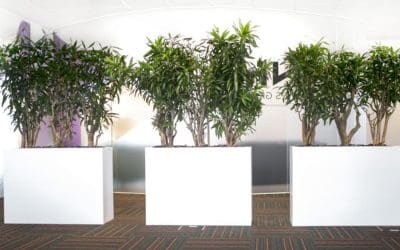Any chef, or cook will tell you that a couple of bay leaves are absolutely essential for stews, sauces and casseroles, but it is extremely rare to find a single person that can tell you what they actually taste of.
Of course, you will get lots of comments like ‘depth of flavour’ and ‘subtle earthy notes’, but what do they add, and are they everything they are cracked up to be?
Well, to answer the second part first, yes they are absolutely everything you have heard, and probably more. As for the question ‘what do they taste of?’ here’s a quick tip. Next time you are at a loose end, pop a couple of bay leaves into a pan of simmering water, after ten minutes or so, give the water a quick sniff and you will get a hit of eucalyptus and menthol (yummy yum I hear you shout).
Let the water simmer for longer, the harsh aromas will subside and you’ll smell something akin to a finely blended tea, as the astonishing complexity of more than fifty flavour compounds take over.
These are the flavours that the bay leaf adds to a stew or casserole.
So what about the bay tree itself?
Outdoors, bay trees can grow to over 60 feet, and that’s an awful lot of tasty soups. Indoors they will grow quite happily in containers, and the good news is that provided that they are supplied with light, and moisture you’ll never need to buy the dried leaves ever again.
A little bit of history: It was leaves of the bay laurel that were used to make the crowns worn by emperors and athletes in ancient Greece and Rome, next time you see a picture of Julius Caesar just think, the crown he is wearing could be whipped up in the dry foods aisle in Sainsbury’s.
But it’s not just in the kitchen that the bay leaf is to be found. Poultices and scented oils have been used as a remedy for aches and joint pains for centuries, and to this day the leaves are used in celebratory garlands for all kinds of occasions.
To grow a bay tree at home, it is better to start with a small established plant, growing from seed is notoriously difficult and very, very slow. The plants love sunlight, and well-drained soil so if you are using a container it’s a good idea to add something like vermiculite (keep an eye out for our next fascinating blog ‘Vermiculite vs Perlite, Which is Best)*
You can leave the plants outside over the warm summer months, but bring them in when it starts to get chilly, they are Mediterranean after all.
So there you have it, a quick post about the not so humble Bay Leaf.
Happy eating everyone!
*We will not be writing a blog on this subject, Vermiculite and Perlite both have their benefits and it depends whether you want to add moisture or air to the soil… there are even some times when you should use both!






